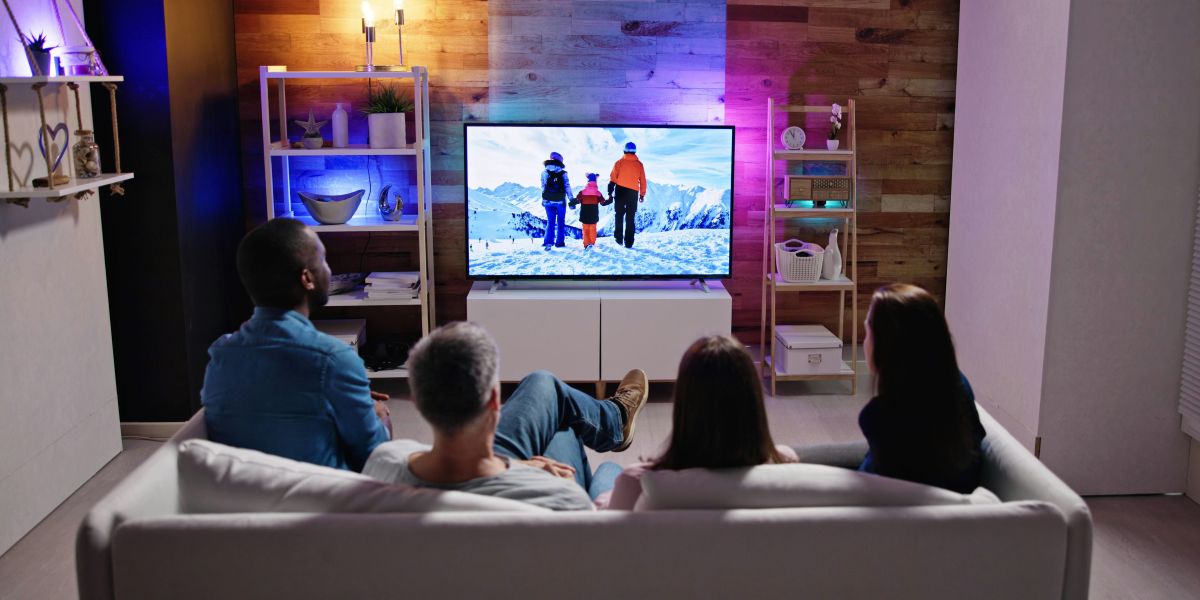Hollywood. The land of glitz, glamor, and supposedly endless opportunity. But for many people of color, the reality behind the silver screen can be far less shiny. Landing roles, particularly substantial and well-rounded ones, can feel like an uphill battle. While progress has been made, people of color still face a multitude of challenges in securing meaningful representation in Hollywood.
Here’s a closer look at some of the hurdles people of color encounter and ways the industry can move towards a more inclusive future:
1. Stereotypes Still Cast a Long Shadow: Breaking Out of the One-Dimensional Box
For decades, Hollywood relegated people of color to stereotypical roles – the sassy best friend, the wise old mentor, the thug on the street corner. These one-dimensional characters lacked depth and perpetuated harmful stereotypes. People of color crave opportunities to portray the full spectrum of human experience, from everyday heroes to complex villains and everything in between.
Imagine a talented Latina actress constantly offered roles as the fiery maid or the drug kingpin’s moll. She yearns to play a brilliant scientist or a quirky rom-com lead. This lack of diverse roles limits people of color and shortchanges audiences who deserve to see themselves reflected on screen in all their complexities. A recent UCLA study highlights the prevalence of stereotypes, stating that “roles for people of color are more likely to be stereotypical and less likely to be central to the narrative.”
The industry needs to move beyond tired tropes and actively seek out stories that showcase the rich tapestry of people of color’s experiences. This requires casting directors to open their minds and actively seek out diverse talent.
2. The Gatekeepers of Greenlights: Diversity Behind the Camera Matters Too
Hollywood decision-makers often come from homogenous backgrounds, leading to blind spots when it comes to the stories they choose to tell. People of color need representation not just on screen but also behind the camera – in writers’ rooms, director’s chairs, and executive suites.
Imagine a team of writers creating a show about a Korean-American family. Without a single Korean-American voice in the room, the show might miss cultural nuances and fall back on stereotypes. Diversity behind the scenes is crucial for creating authentic narratives that resonate with people of color and audiences alike. A USC Annenberg study emphasizes the importance of diversity in leadership, stating that “companies with diverse leadership are more likely to produce content that reflects the multicultural reality of the world.”
By actively seeking out writers, directors, and producers of color, Hollywood can ensure stories are told with authenticity and sensitivity, fostering a more inclusive industry landscape.
3. Owning the Narrative: Creating Content by and for People of Color
Change isn’t just about waiting for Hollywood to hand out opportunities. People of color are increasingly taking control of their own narratives, creating content through independent films, streaming platforms, and online channels.
Imagine a group of Black filmmakers crowdfunding a web series that explores the lives of young professionals navigating love, careers, and cultural identity. This platform allows them to tell their stories on their own terms, free from the constraints of traditional Hollywood. The rise of independent content creation empowers people of color to showcase their talents and challenge the status quo.
By supporting and promoting content created by people of color, audiences can play a crucial role in shifting the narrative. Look for diverse voices on streaming services, attend independent film festivals, and champion stories that challenge stereotypes and celebrate the richness of people of color’s experiences.
A Fading “Bronze Ceiling”?
The fight for people of color to have their voices heard in Hollywood is ongoing. While challenges remain, there are signs of progress. More diverse stories are being told, and people of color are taking control of their narratives in exciting ways. By dismantling stereotypes, embracing diversity behind the camera, and fostering independent content creation, Hollywood can finally shatter the “bronze ceiling” and create a more inclusive future where stories reflect the vibrant tapestry of our world.








